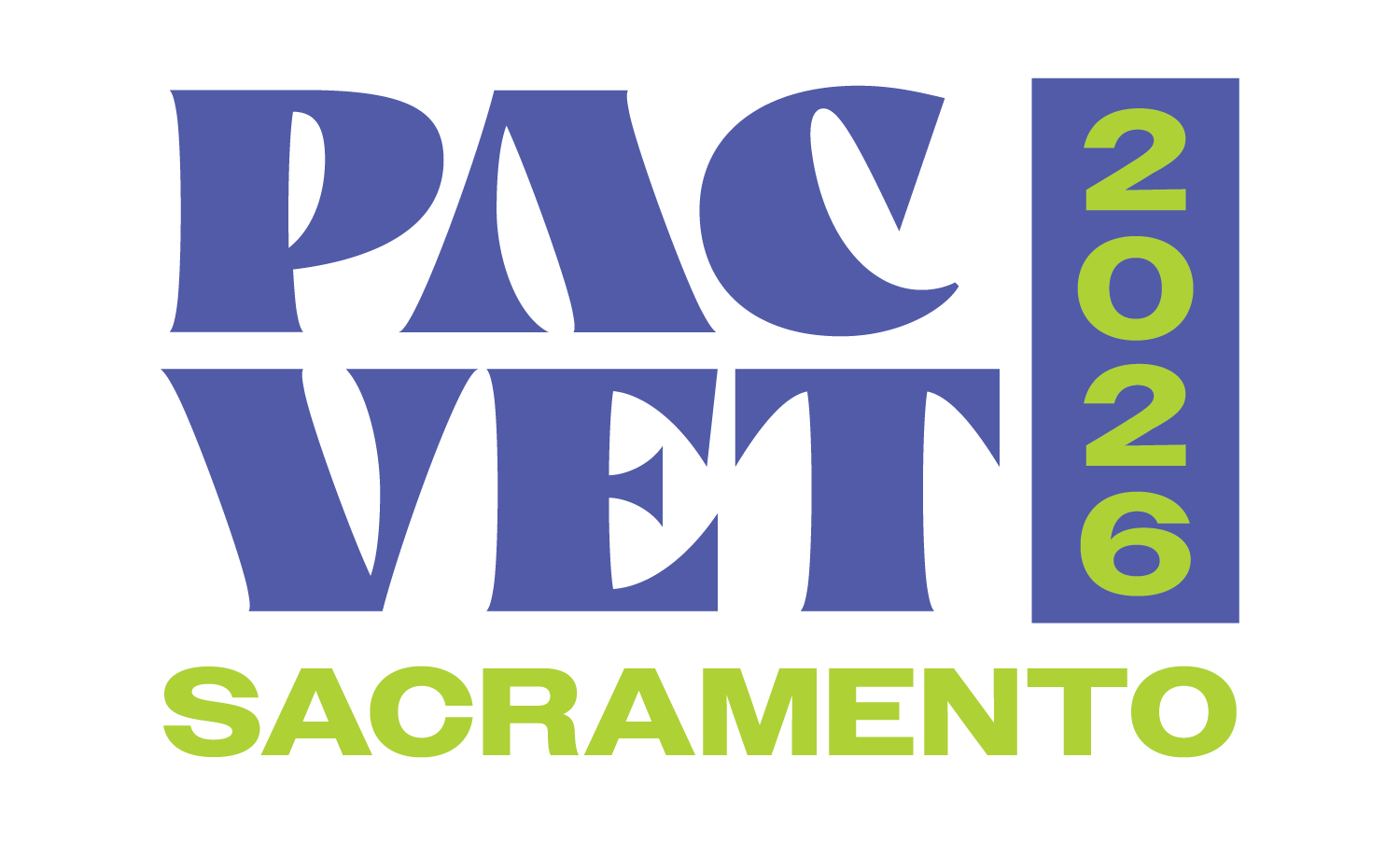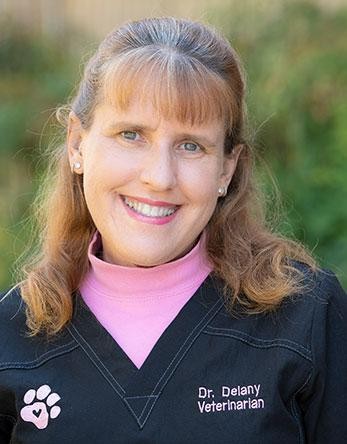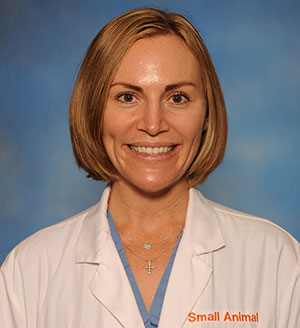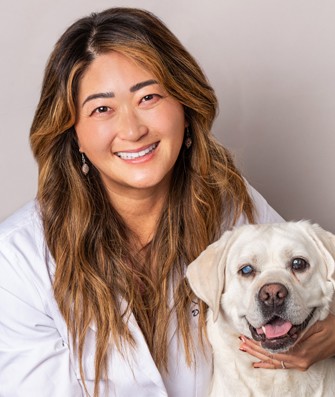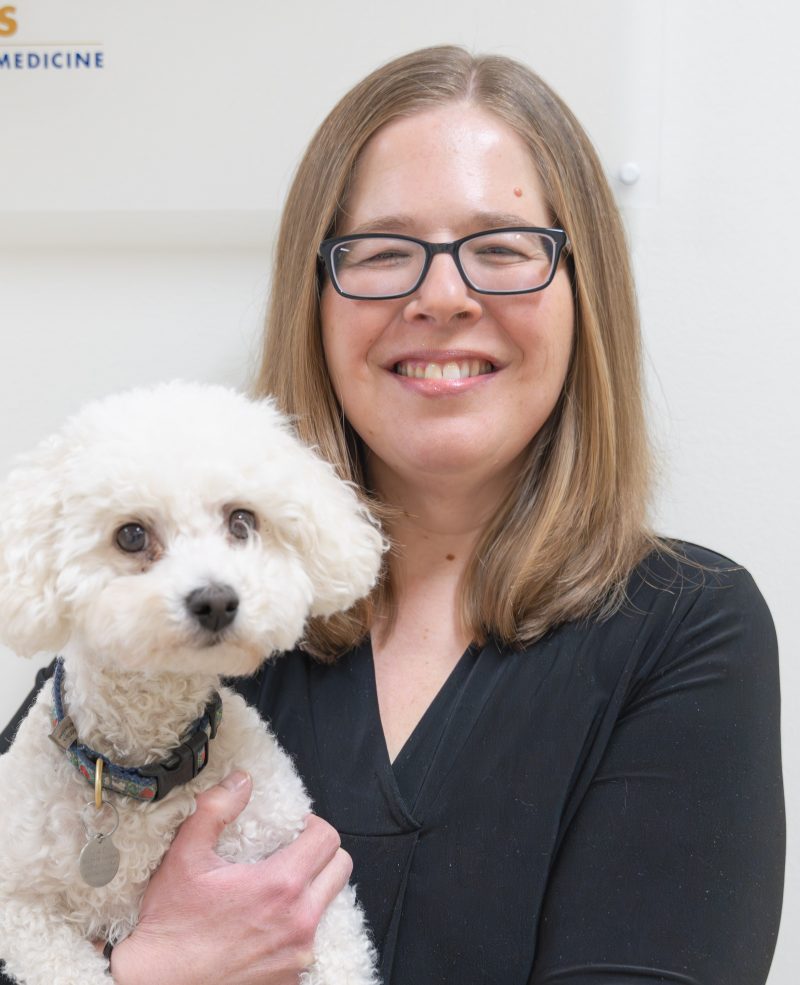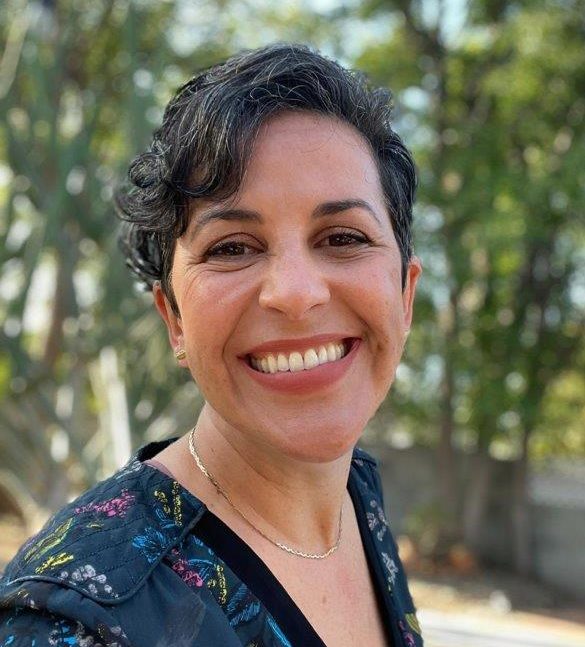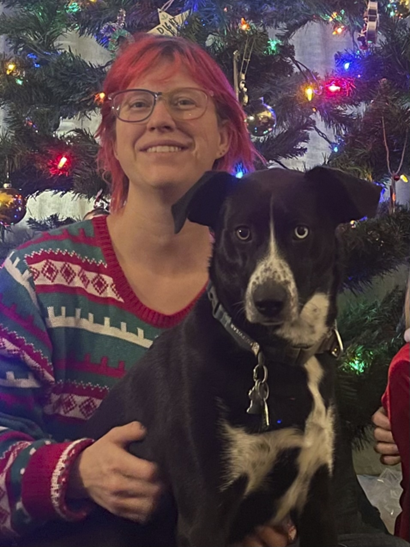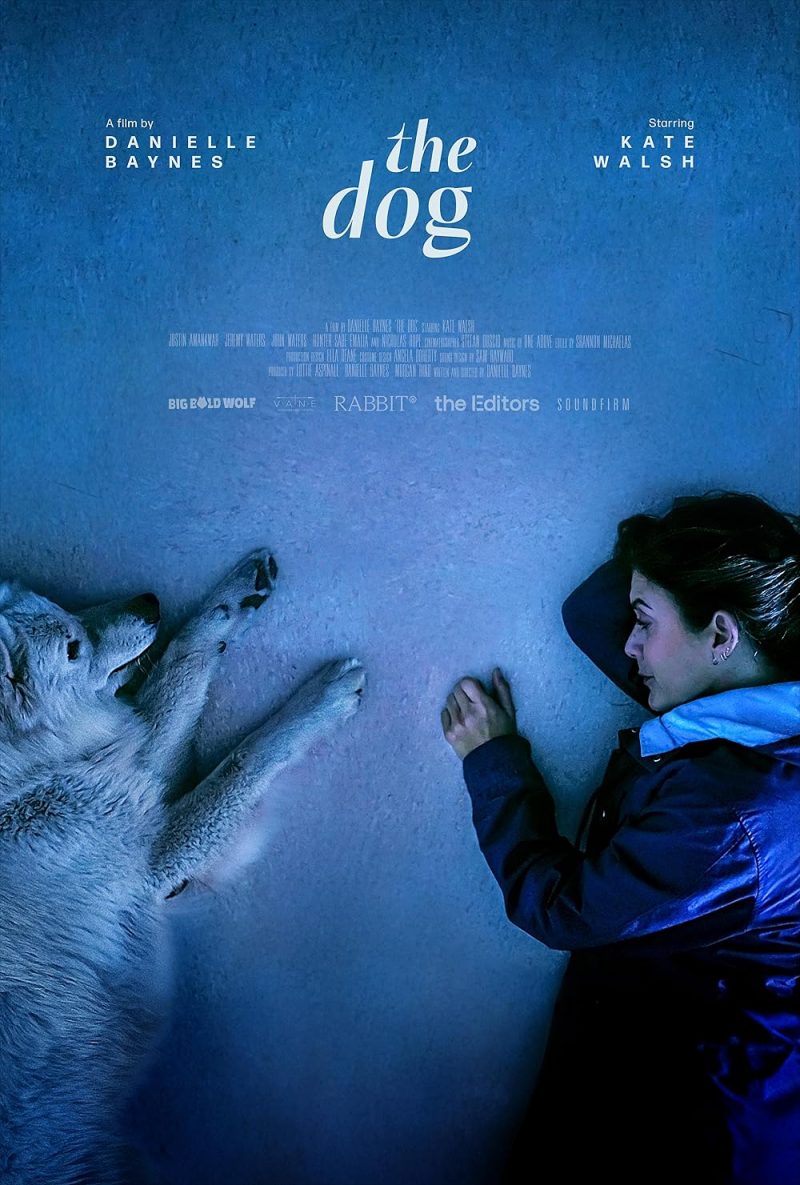| 8:00 AM–9:15 AM |
Intraoral Radiology in General Practice: Tips, Tricks, and Systematic Approach to Interpretation
Intraoral radiology is a critical diagnostic tool in the evaluation of patients with oral disease. While acquiring high-quality diagnostic images presents a steep learning curve, accurate and efficient interpretation is equally essential for effective clinical management. This lecture will provide practical strategies for optimizing the acquisition and review of intraoral radiographs in cats and dogs. |
| 9:25 AM–10:25 AM |
Logical Approach to Patients Presenting for an Inability to Open the Mouth
Patients presenting with an inability to open or close the mouth pose a significant diagnostic challenge. This lecture will emphasize a logical and systematic approach to formulating and prioritizing differential diagnoses. |
| 11:00 AM–12:00 PM |
Surgical Principles of Oral Dental Extractions: Tooth Extraction Principles and Common Complications
Tooth extraction is an essential clinical skill for veterinarians in general practice, critical to the management of various oral health conditions. This lecture will provide a comprehensive discussion of the indications for extraction, fundamental surgical principles, and strategies for minimizing potential complications to ensure optimal patient outcomes. |
| 1:30 PM–2:30 PM |
Feline Chronic Gingivostomatitis: Etiology, Clinical Signs, Diagnostics, Treatment, and Updates on Current Research
Feline chronic gingivostomatitis is a debilitating and painful inflammatory condition associated with significant morbidity and a substantial impact on quality of life. This lecture will explore the current understanding of its etiology, diagnostic approaches, and available treatment modalities. In addition, we will examine recent advancements in research aimed at improving therapeutic outcomes and elucidating underlying pathogenic mechanisms. |
| 2:40 PM–3:40 PM |
Tooth Resorption in Cats and Dogs: Etiology, Clinical and Radiographic Signs, and Treatment
Tooth resorption is a prevalent dental pathology in both feline and canine patients, characterized by the progressive destruction of dental tissues by odontoclasts. It is classified into distinct types, each with implications for treatment selection. This lecture will emphasize clinically relevant aspects of diagnosis, classification, and therapeutic decision-making. |
| 4:15 PM–5:15 PM |
Oral Oncology: Common Oral Tumors in Cats and Dogs, and a Practical Approach to Diagnosis
This lecture reviews the most common oral tumors in cats and dogs, emphasizing clinical presentation, diagnostic strategies, and biopsy techniques. Participants will gain practical skills for recognizing, diagnosing, and staging oral neoplasia, enabling earlier detection and informed treatment planning in small animal practice.
|
![]()
![]()
